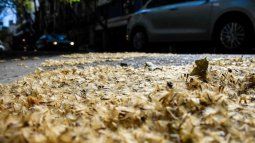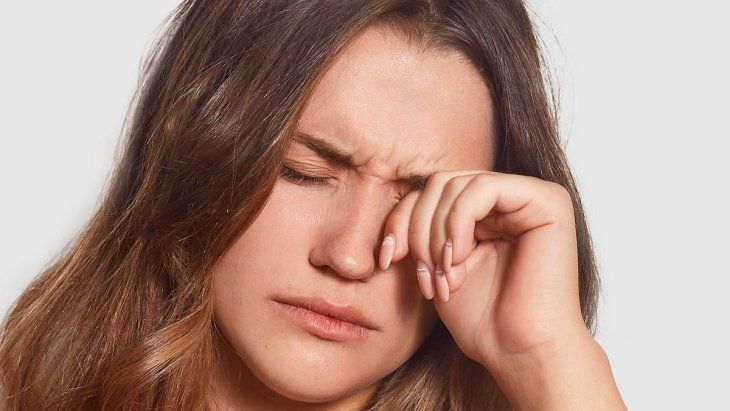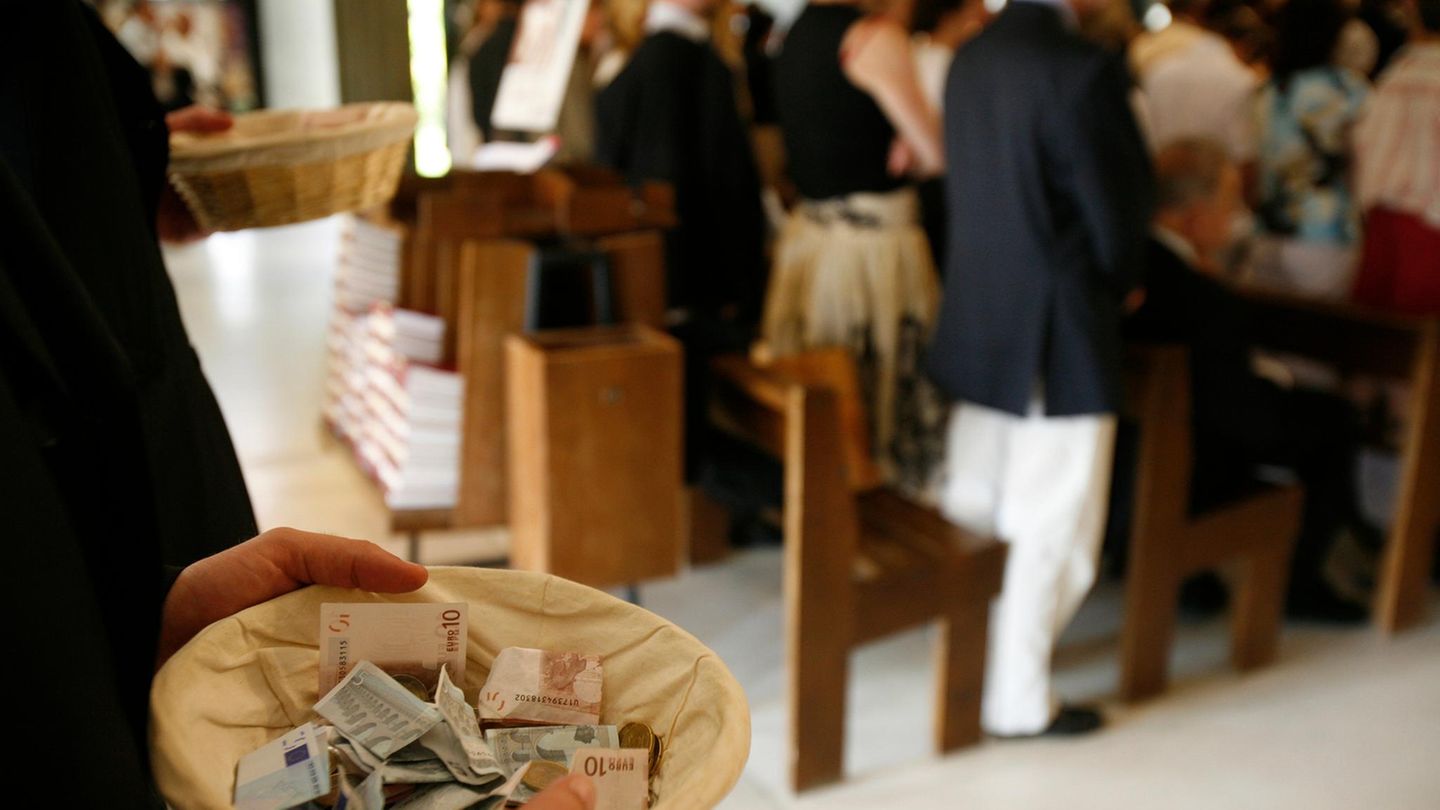Spring in Buenos Aires brings eye allergies due to banana pollen. Prevention, hygiene and ophthalmological consultation are key to avoiding discomfort.
Spring in Buenos Aires has its charm: mild days, flowers, warm air and sun. But there also comes an annoyance that repeats itself year after year: seasonal eye allergyintensified by the flowering of urban plane treesthose large trees that shade avenues and paths, and that many confuse with bananas. Although they do not produce edible fruits, Bananas release pollen microparticles and hairy filaments that float in the air and act as powerful allergens. When these come into contact with the eyes or respiratory tract, they can cause itching, watering, redness and a foreign body sensation, typical symptoms of eye allergies.
The content you want to access is exclusive to subscribers.
Why does it happen?
An allergy is an exaggerated reaction of the immune system to substances that are actually harmless. In this case, the body interprets the pollen particles or trichomes as a threat and triggers an inflammatory response. The eyes and nasal mucosa are the first routes of exposure. Therefore, allergic conjunctivitis is often accompanied by rhinitis, with sneezing, nasal itching and constant watering.


What’s happening today in Buenos Aires?
During September, October and part of November, the city’s air concentrates a large amount of suspended particles from bananas, grasses and other flowering species. Windy and dry days favor the dispersal of pollen, and that explains why many people present symptoms, even without having been in direct contact with trees or gardens. At this time of year, more cases of mild to moderate eye irritation are seen, especially in those who already have a history of allergies or environmental sensitivity. The use of masks and air conditioning can aggravate dry eyes, increasing the discomfort.
eye allergy

How to prevent and treat it?
- Avoid direct exposure during windy or high pollination days, limit outdoor activities, especially in parks and avenues lined with plane trees.
2. Wear wrap-around sunglasses: they act as a physical barrier against suspended particles.
3. Wash your face and eyes with saline solution when you return from the street, to remove any remaining pollen.
4. Lubricating the eyes with artificial tears helps keep the ocular surface hydrated and reduces the concentration of allergens.
5. Do not self-medicate: it is an absolute indication. Always consult with your ophthalmologist, who may prescribe anti-allergic or anti-inflammatory eye drops depending on each case.
If blurred vision, intense sensitivity to light or eye pain appear in addition to itching and redness, an immediate consultation should be made. In some cases, allergies can affect the cornea and compromise vision, especially in children and adolescents.
Spring eye allergy is benign but annoying, and in Buenos Aires it is frequently associated with the flowering of plane trees. Preventing exposure, maintaining good eye hygiene and going to the ophthalmologist if persistent symptoms are the keys to enjoying this time of year without your eyes suffering.
Ophthalmologist, head of cornea transplant at Clínica Nano.
Source: Ambito
I am an author and journalist who has worked in the entertainment industry for over a decade. I currently work as a news editor at a major news website, and my focus is on covering the latest trends in entertainment. I also write occasional pieces for other outlets, and have authored two books about the entertainment industry.




